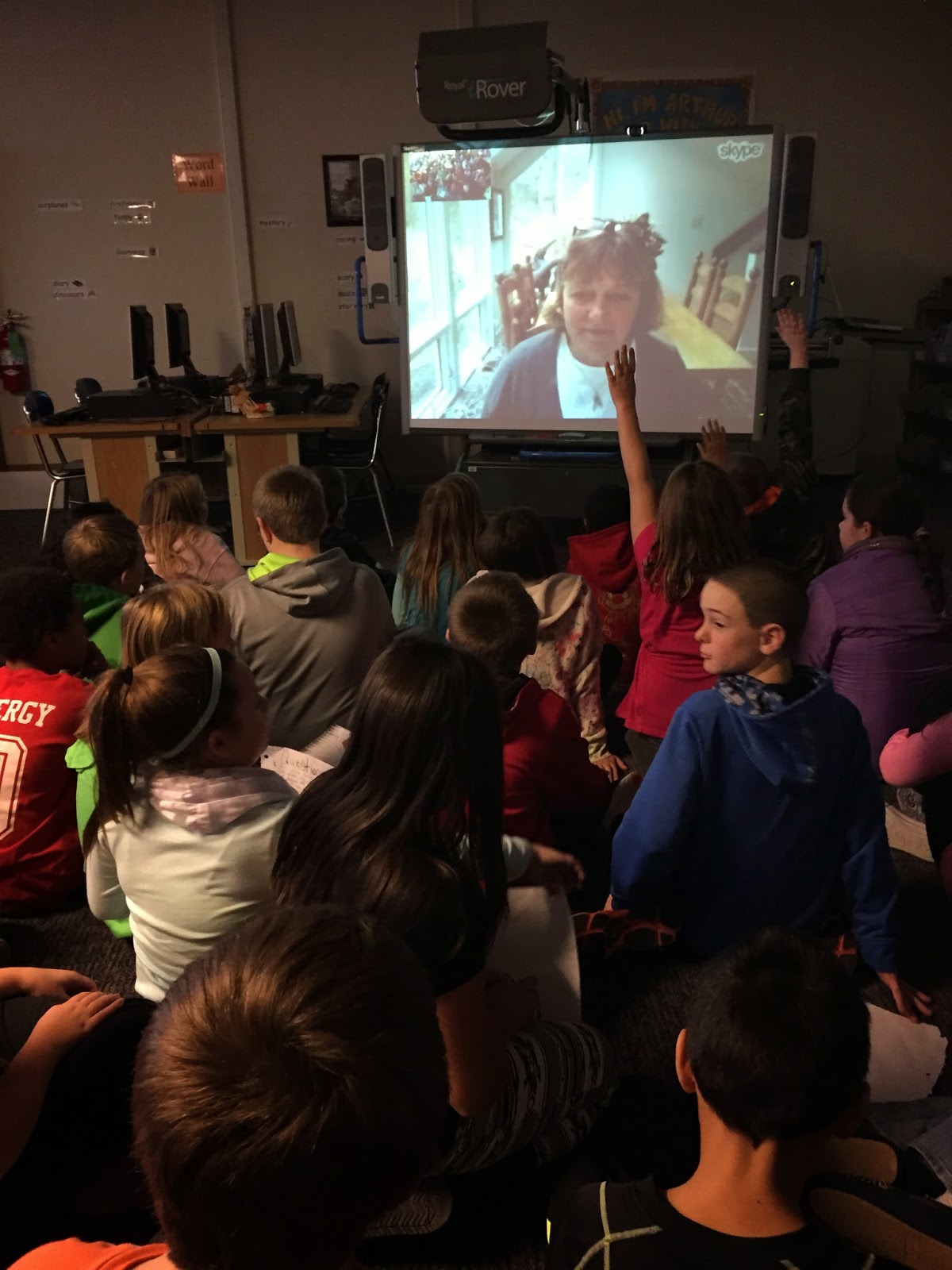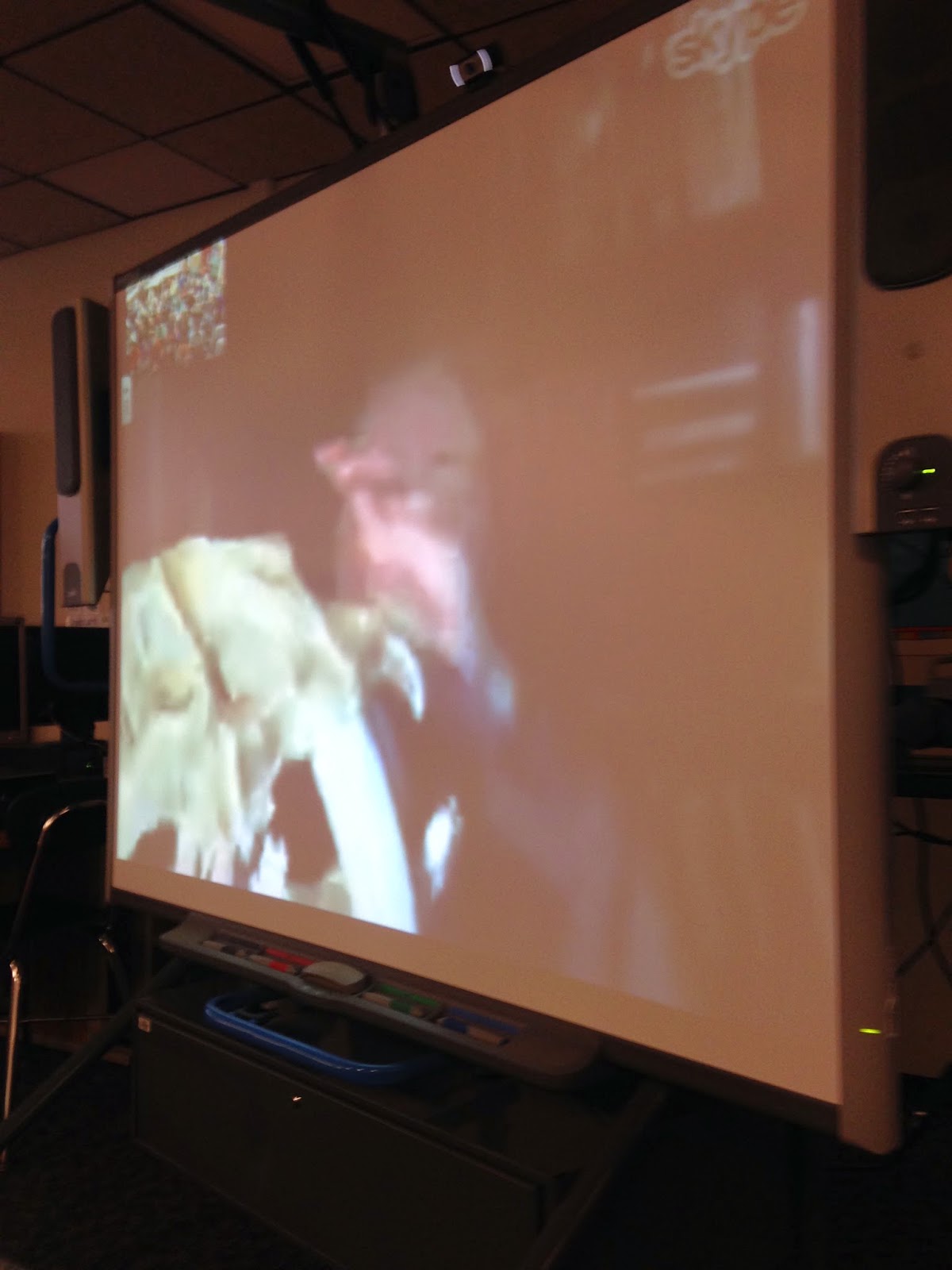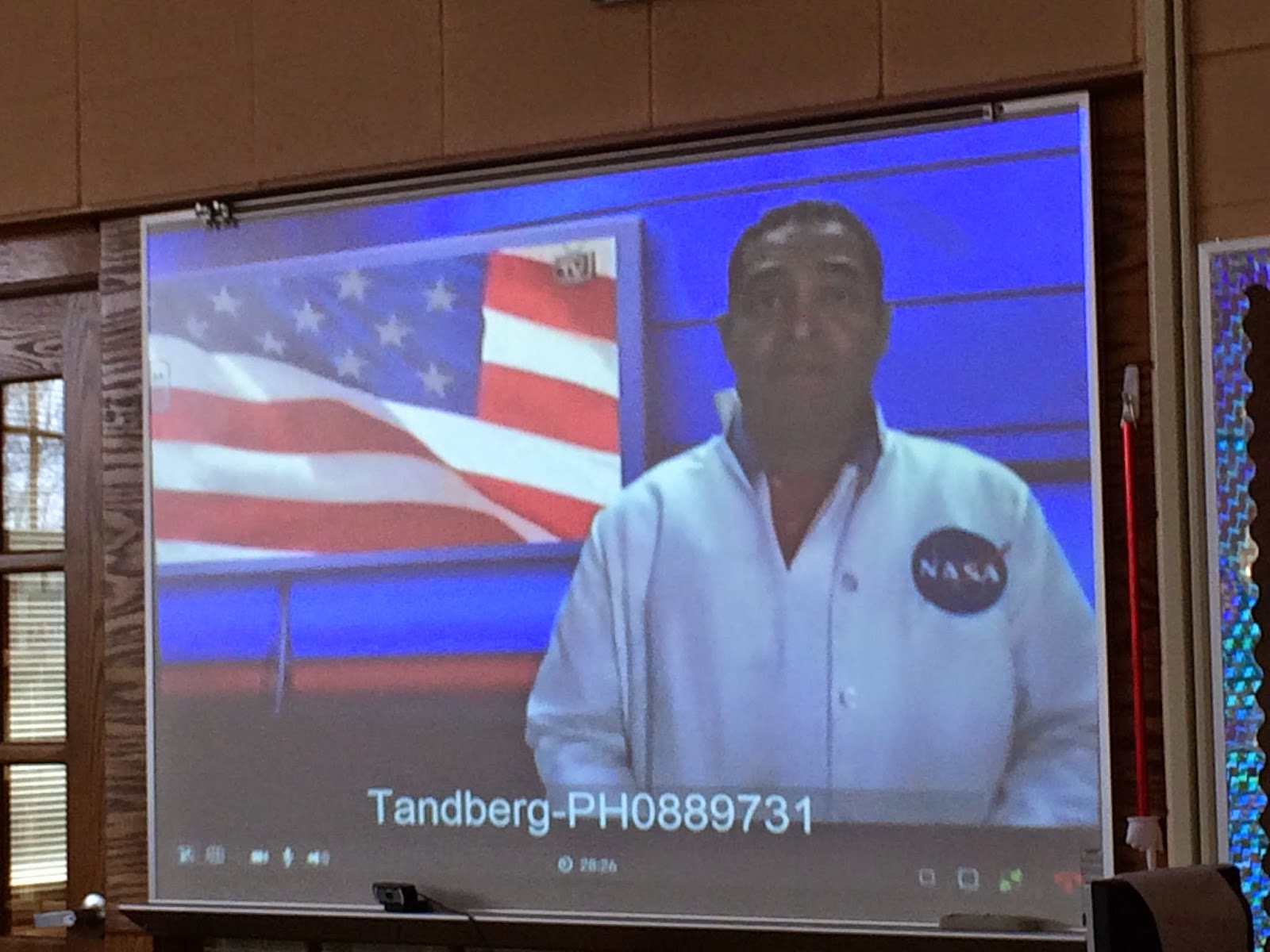The term “emerging technology” is one that is heavily debated on how it should be defined. According to Dr. David Thornburg, the two definitions are “if is new to your community of practice” or “when it first starts to become manifest anywhere in the world” (Laureate, 2009). These definitions both make sense to me and I can see why there would be debate between them. Then we can look at Dr. Elliott Solloway’s definition. Dr. Solloway “defines emerging technology as a non-linear process plagued with lots of gaps that moves an emerging technology forward through decreasing production costs, to desirable services to becoming an essential technology impacting everyday life” (Croteau, 2012). His viewpoint tells us that technology moves out of emergent once the price drops and it becomes mainstream, or the popular technology.
I have often used the term emerging technology to define new pieces of technology I introduce to the district. Basically it is emerging for the staff who have never worked with it before. One could argue that the definition can’t be static but can be used in many different categories. I could say something is an emerging technology in our district or in education. Even ISTE (International Society of Technology in Education) tells us that “even technologies that have been around for awhile can still be considered emergent if they have not reached the awareness of or have been adopted by teachers” (Thornburg, 2009, p.4).
I was pretty stuck on that idea until I read more of Dr. Thornburg’s “When is Technology Emergent”. He began talking about how the different definitions of emergent technology can be dangerous. One example he gave of these is parallel virtual worlds in cyberspace. Really this technology began around 1995 when The Palace was released. It already began being used by some in education at this time. However, it really was not widely known until another product called Second Life came out. The point that Dr. Thornburg made was that “to think tools like Second Life are ‘emergent’ technologies does serious disservice to those pioneers who used the original tools when they were first released. What were they? Pre-emergent technology users?” (Thornburg, 2009, p.5). I can not argue with that logic.
By choosing this definition then, that a technology is emerging when it firsts begins to manifest anywhere in the world, I began looking at what kind of technology is emerging at this very moment. I was very intrigued by screenless display. When I think of this, I think of Star Wars 3-D holographic imaging. Something that can appear in the center of the room and students can manipulate and interact with. Although augmented reality through apps like Aurasma and Chromeville have started to appear in education, it still does not hold the potential for what screenless display could have.
By looking at emerging technologies through this lens, I know that it can have implications on the way I share it. The more I examine this, the more I understand how true the statement is. Many technologies I adopt may still be considered emerging when I begin working with how I can implement them in my role. It is when I actually share them with others that I believe they have become more mainstream. To the staff I work with, they are emerging. I often hesitate in signing up to present on technologies I use and how to apply them in education only because I feel its not new or something that people don’t know about. I really have to keep my mind on the fact that to those I am sharing with, this could be brand new, something that they can use to innovate their teaching practice. This also is a positive because I feel more confident in sharing something that is new and it’s harder to question or talk over me. If it is a mature technology I am sharing, I have lots of resources to back what I am saying, but if it truly is an emerging technology then its cutting edge and might be fair from perfect.
References:
Croteau, Jacqueline. "Emerging Technology, Three Definitions Evaluated - Aazinaago."Aazinaago Consulting. 12 Oct. 2012. Retrieved 30 Oct. 2014 from web. <http://www.aazinaagoconsulting.com/2012/10/emerging-technology/>.
Laureate Education, Inc. (Executive Producer). (2009). New and emerging technologies: What is emerging technology? Baltimore, MD: Author.
Thornburg, D. D. (2009b). When is a technology emergent? Lake Barrington, IL: Thornburg Center for Space Exploration.


























.JPG)
.JPG)










